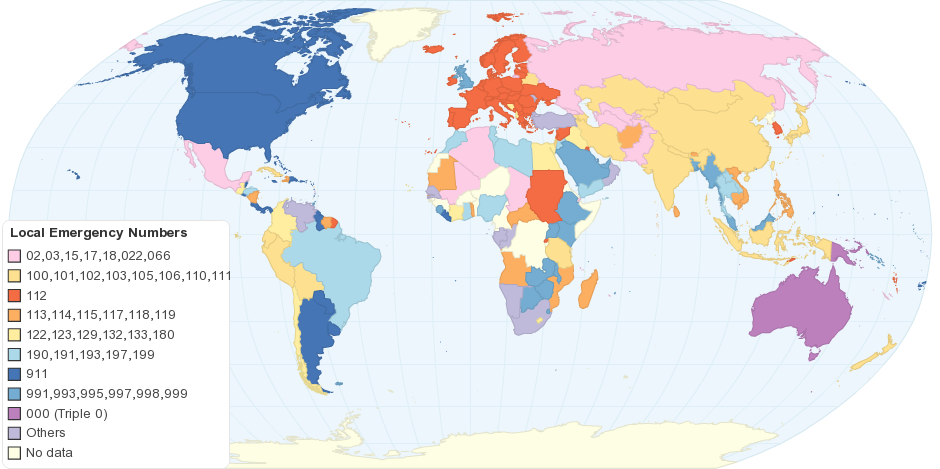http://www.economist.com/blogs/graphicdetail/2015/05/daily-chart-3?fsrc=scn/fb/te/bl/ed/noinspirationfromabove
NBER Working Paper No. 21105Issued in April 2015
Forbidden Fruits: The Political Economy of Science, Religion, and Growth
"We analyze the joint dynamics of religious beliefs, scientific progress and coalitional politics along both religious and economic lines. History offers many examples of the recurring tensions between science and organized religion, but as part of the paper's motivating evidence we also uncover a new fact: in both international and cross-state U.S. data, there is a significant and robust negative relationship between religiosity and patents per capita. The political-economy model we develop has three main features: (i) the recurrent arrival of scientific discoveries that generate productivity gains but sometimes erode religious beliefs; (ii) a government, endogenously in power, that can allow such innovations to spread or instead censor them; (iii) a religious organization or sector that may invest in adapting the doctrine to new knowledge. Three long-term outcomes emerge. First, a "Secularization" or "Western-European" regime with declining religiosity, unimpeded science, a passive Church and high levels of taxes and transfers. Second, a "Theocratic" regime with knowledge stagnation, extreme religiosity with no modernization effort, and high public spending on religious public goods. In-between is a third, "American" regime that generally (not always) combines scientific progress and stable religiosity within a range where religious institutions engage in doctrinal adaptation. It features low overall taxes, together with fiscal advantages or societal laws benefiting religious citizens. Rising income inequality can, however, lead some of the rich to form a successful Religious-Right alliance with the religious poor and start blocking belief-eroding discoveries and ideas."








